From 26 November to 4 December 2019 I made a visit to China with two of my grandsons, Ben and Kai.
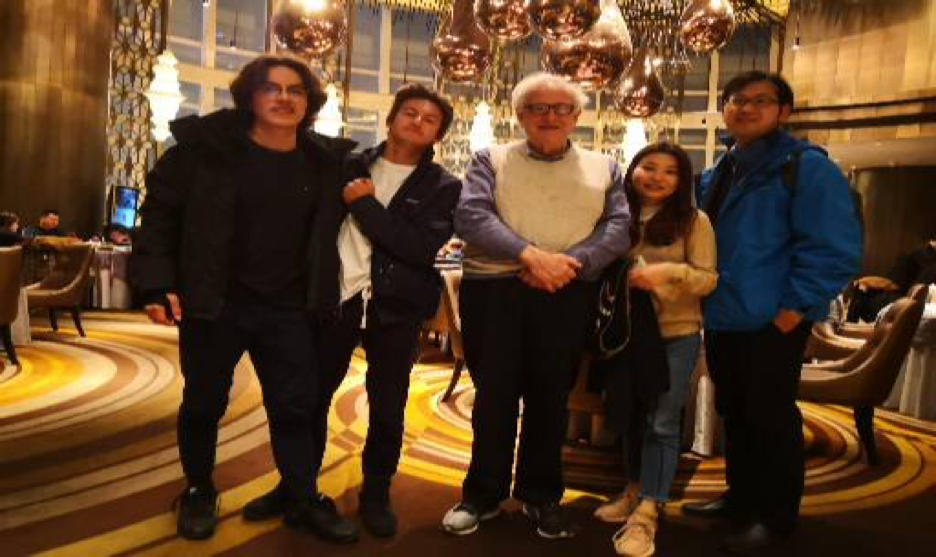
We went to Shanghai, then to Huangshan 黄山 in Anhui Province and finally to Wuyishan 武夷山 in Fujian Province. Trips between the individual destinations were all by high-speed train. We returned to Shanghai’s Pudong Airport on 4 December for flights to our respective destinations.
I would like to add that China’s high-speed train system is now the best in the world. It is smooth and comfortable, extremely fast, and covers a very wide area. It is also extremely punctual, and you can just about tell the time by it. Once (a while ago) I caught one during a really heavy thunderstorm, which I thought would affect its punctuality. But no, it was exactly on time, as usual.
For Ben’s, Kai’s and my visit, I prearranged and pre-paid for hotels with a travel agent friend of mine in China, which enabled the two grandsons to obtain a visa for the visit. I also bought the train tickets well in advance through another travel agent friend of mine in China.
In Shanghai, we were hosted by two Chinese friends, Susan and Kevin. The weather was quite good on our second day, but rather wet and bleak on our first. Our activities included:
- A
visit to Zhujiajiao 朱家角, a
water township 镇 near
Shanghai;
- A night visit with a view of the Bund and the central part of Shanghai;
- Ascending the Shanghai Tower 上海中心大厦, the building with the highest observation deck in the world, and very close to the Shanghai World Financial Centre (also among the world’s tallest buildings); and
- Shopping in the commercial heart of Shanghai, which is one of the main commercial centres of China and the world.
Although I have been to Shanghai several times before, I continue to be impressed by how modern everything is and how high the standard of living. Apartment blocks are considerably more modern than I remember from last time, and there is a good attempt to maintain greenery. Kevin and Susan maintained confidently that the environment was somewhat better than a few years ago. I was also very impressed by the night lights, which are among the very brightest, most colourful and most artistic of anywhere in the world. The Shanghai Tower is quite extraordinary, having a bird’s-eye view of the entire city. It is not only among the world’s tallest buildings, but even has the second fastest lift.
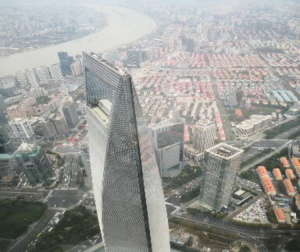
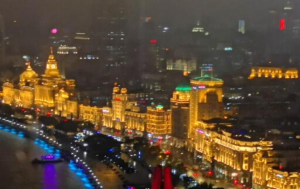
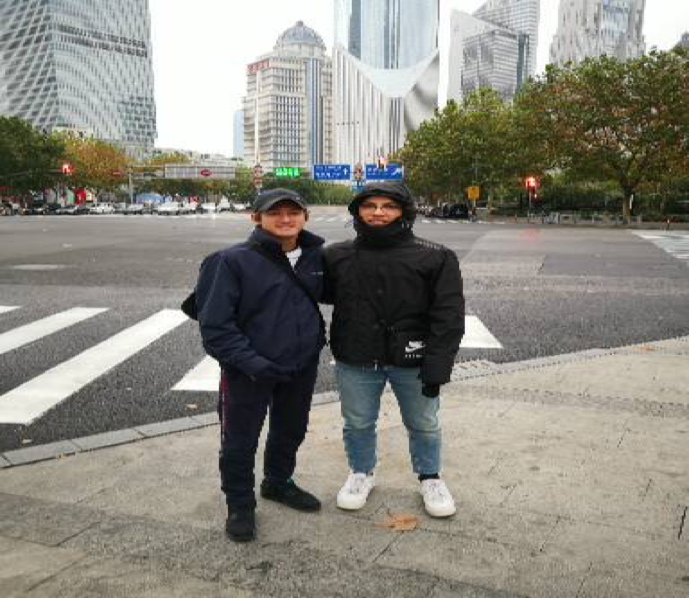
The visit to Zhujiajiao was pleasant and educational. This is a traditional town close to Shanghai, which features canals and beautiful houses in traditional Shanghai architecture. The place has been reconstructed for the tourist market, which seems very successful
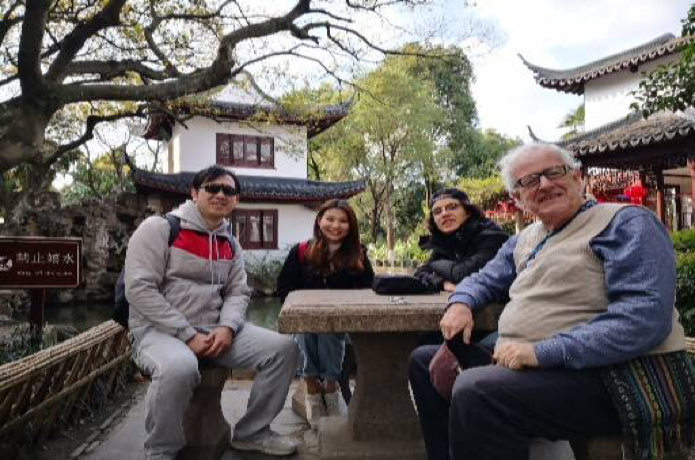
Our visit to Huangshan was in two parts. We spent the first night in the town of Huangshan. On the second day we went up the mountain by one of the several cable cars, leaving our luggage at a special place at the edge of the scenic area. When the cable car reached its destination, we walked a fair way among what is without doubt the most beautiful mountain scenery I have seen anywhere in the world. We stayed at a nice hotel right in the mountains and were able to undertake further walks. Due to mist the cable car we had gone up the mountain in was closed when we made the descent, but another was open and we came down satisfactorily.
In the town of Huangshan, right next door to the hotel where we stayed, is a large Christian church. I recognized it as such through the large cross on the top of the building. I was welcomed in by a woman who gave me a blessing and showed me round. It is quite large and she claimed that it was full on Sundays. Although this is nothing unusual, I found it interesting, because recently there have been quite a few reports in the West about persecution against Christians. These reports found no support at all in the evidence of this church. The fact that I found it by accident shows that there is nothing prearranged about this evidence.
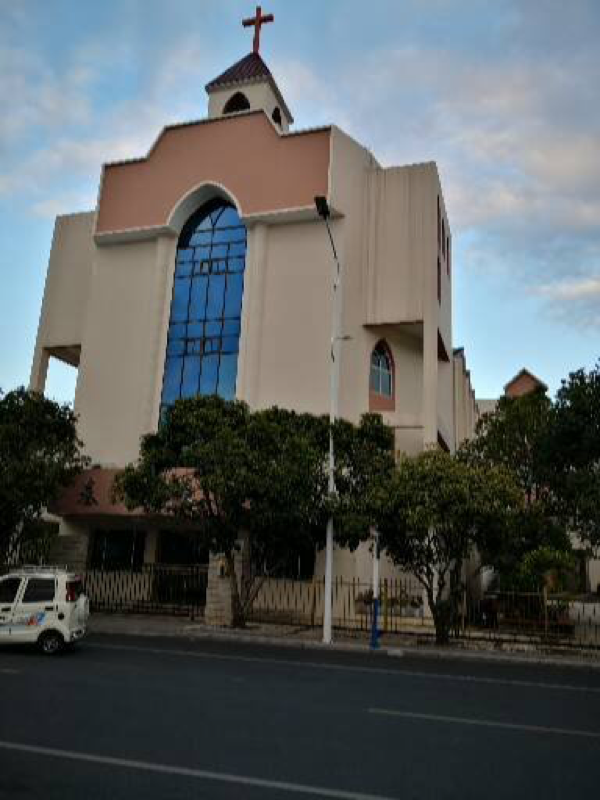
The mountain scenery in Huangshan is on a very large scale. Enormous and high peaks are accompanied by beautiful strangely-shaped trees. I was impressed by how well maintained the whole place is. People do not leave garbage lying around and, if they do, there are workers who come and clean it up. The Yungu 云谷Cable Car sails quite a long distance over the valley. There are numerous peaks in the Huangshan complex. My grandsons went up the Shixin Peak 始信峰, which is a bit higher than I could manage. Admittedly, the weather was very cold and slightly misty. However, it did not rain and was nowhere wet, snowy or dangerous. The air was crisp and refreshing. The whole experience was simply wonderful.
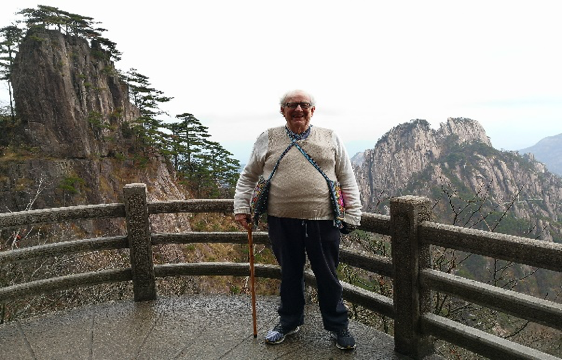
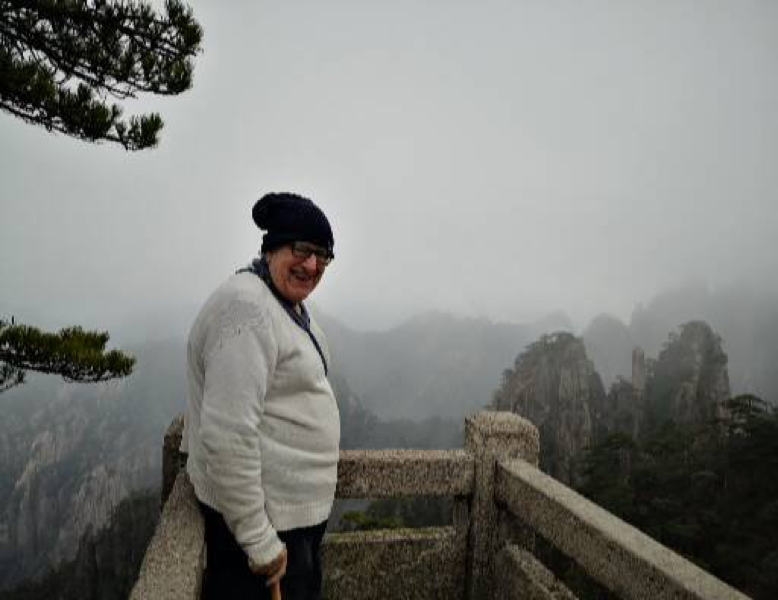

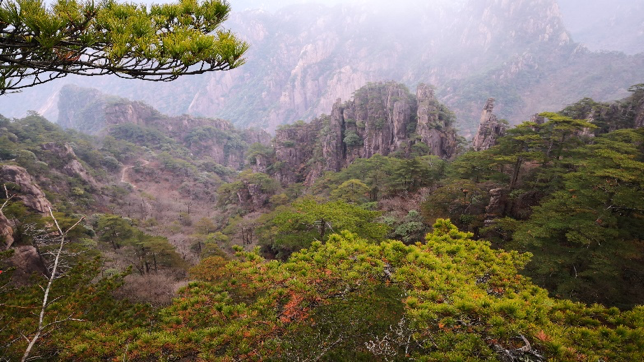
On our way from Huangshan to the high-speed train that would take us to Wuyishan we stopped over briefly at the town of Chengkan 呈坎. We found we had a bit of time to fill in before our train to Wuyishan, so our taxi-driver suggested we make the visit, while he waited for us at the exit.
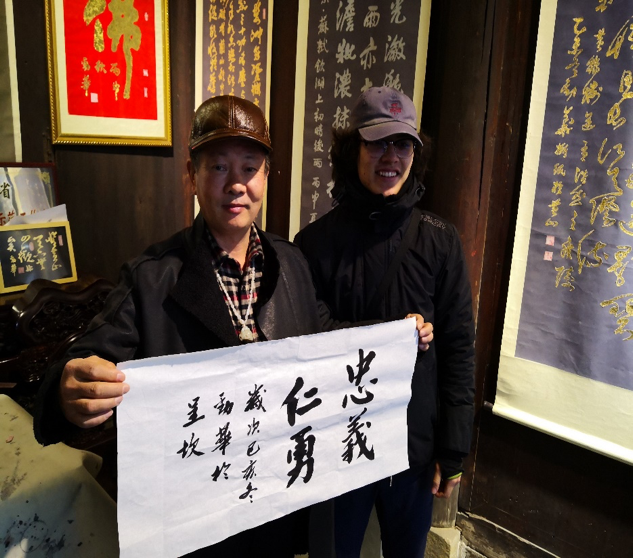
Chengkan is a very special place and was a headquarters of Zhuge Liang 诸葛亮 during the Three Kingdoms period of the third century CE. It features the very distinctive architecture of old Anhui Province, with crowded narrow streets which, however, are kept very clean nowadays. One of my grandsons had an old calligrapher write out the four characters 忠義仁勇, meaning “loyal, righteous, humane and courageous”, characteristics to which my grandson aspires. One of the most striking places in Chengkan was an ancient ancestral temple from the Song Dynasty, a very beautiful building typifying the strong traditional Confucian ancestral ethic of this region. Commerce seemed very strong in the town, with people selling local special products to tourists.
In Wuyishan we stayed at the same hotel for three nights in a row, quite near to the scenic area. The weather was perfect. It was cold but clear and clean, with air more or less totally unpolluted. The scenery here is less spectacular than at Huangshan. It features gullies rather than very high peaks, and includes a river and ponds. It also has some special cultural sites. Particular places we visited include the following:
- Youtian Peak 游天峰.
- The Zhu Xi 朱熹 memorial museum,
- Boating on the river.
- Da Hong Pao 大红砲, and
- The town of Wuyishan.
The Youtian Peak is the comparatively high, but nothing like those featured in Huangshan. To get to it, one walks past the Zhu Xi memorial museum, which I found very interesting. Zhu Xi (1130-1200) was the greatest of the Neo-Confucians and of China’s medieval philosophers. He lived and taught here for several years, and there are statues both of him and of his disciples. In the back room of the museum, there are desks, some of them with images of students sitting and listening to the master’s lectures. The fact that so great a medieval philosopher lived and worked here gives this beautiful place an additional cultural interest.
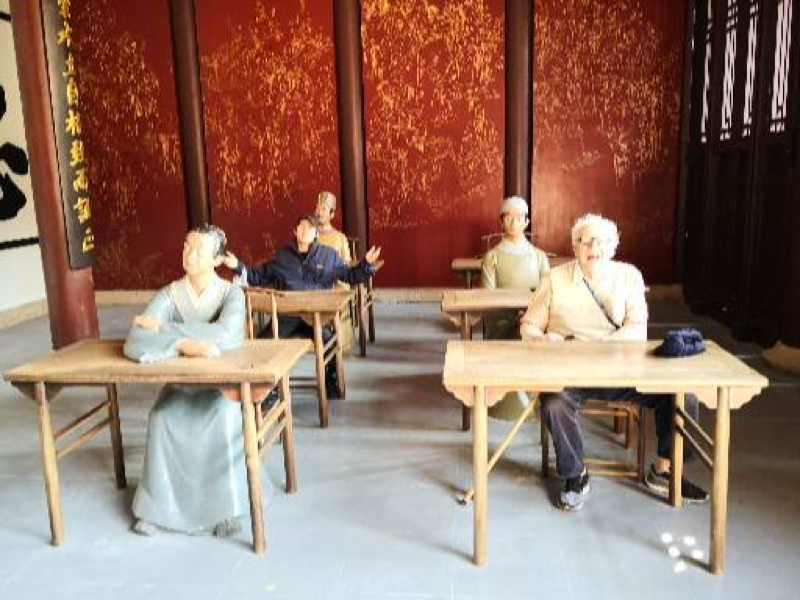
The boat ride was also beautiful, with a guide explaining the places we went past and three boatmen punting. I also went to the Da Hong Pao, a beautiful walk through a gully leading to a large rock high above the valley, with a spectacular view.
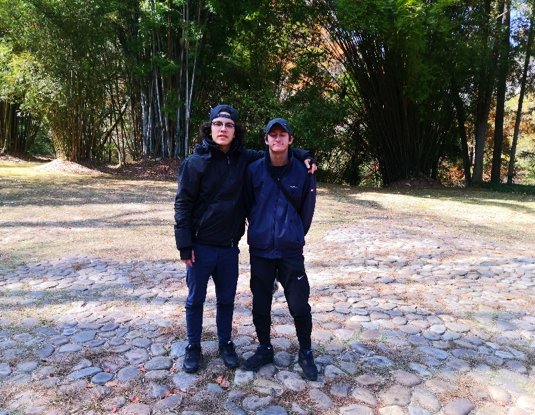
People were everywhere very friendly and helpful to us. Other than in Shanghai, everything was in Chinese, which I interpreted for my grandsons, although one of them knows a bit. I must admit to finding the Fujian accent in Wuyishan a bit hard to follow, but on the whole there were no major problems. All three of us tried to improve our Chinese language skills while in China.
The hotels we stayed at were all excellent and comfortable. The one right in the mountains was exceptional, with not only an excellent atmosphere, but very nice food. In all cases breakfast was provided according to the deal made in booking the hotels, but in most cases we went out to dinner to sample local food and restaurants, rather than eating at the hotels.
The high-speed train system is now the best in the world, representing a giant leap forward for the infrastructure in China. It is not only very fast, but very convenient, comfortable and punctual. This makes it, for me, a better way to travel than air. The punctuality of the high-speed trains does not seem to be affected by the weather.
Our visit was very successful. We all learned a great deal about Chinese life and culture and got to know Chinese people better. We also enjoyed ourselves greatly. The progress China has made and is making, despite opposition and trade war from the United States and elsewhere, is remarkable and sustainable. For me it was a memorable experience. I shall always look back on it with pleasure. Both grandsons have told me they thought it was fantastic.
Colin
29 December 2019
